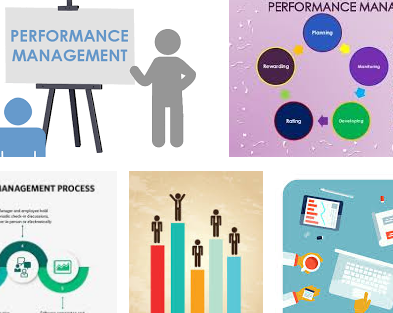‘Design thinking’ is a routine that is both fully or partially that in that they involve affected stakeholders in communicating its importance. And I should say to be effective, this process usually requires group effort’s management so that design issues are completed through iterative testing of solutions.
To make clear, researchers consider “management is decision making” to overcome stumbling block and to exploit opportunities despite increasing technological complexity, and other environmental changes.
Other researchers on one hand suggest that to achieve reliable performance and best outcomes in complexity where complications occur; the management requires the development of vigilant structure. A vigilant structure is careful complete with capabilities for flexibility, and its decision making process requires constant refinement of knowledge gained.
In this sensible regard, rational processes contribute to speedy reasoning may possibly reduce the risks and problems with perception are supported by academics. In addition, the Carnegie decision making model can be used in time of ambiguity, to recognize other constraints for instance, the limitation of individual mental capacity to learn and process all the facts.
Although the decision making process models have been dubious, successful decision making develops from the flexibility of decision makers, help to recognize the need for constant change in time of indecision. In particular, the empowerment of social capital and technical capabilities must be used jointly to achieve stakeholders’ shared outcome. Stakeholders’ group effect confirms the repetitive exchange of ideas to find new thinking, and as a result, to resolve problems in a constructive manner.
The increasing organisation collaborative processes are innovative approach to employing ‘design thinking’ in decision making, to help resolve the current challenges society is facing. Koskinen et al suggest ‘Design thinking’ focuses on “doing things” together and to developing new boundaries between individuals and technologies. Big Company which persistent commitment to design great products to increase the bottom line and its unmatched economic success are examples of balanced approaches use to achieve innovation and collaboration through stakeholders’ empowerment.
And the uses of such design methods in the context of public sector innovation as “new ideas that create value for society” are true to life. The increasing participation is effective methods through trial and error are more viable strategies. Moreover, with change and uncertainty, leaders must stimulate to facilitate the opportunity to build choices to understanding suggestions. And there must be a willingness to change leadership style and want to make things happen. The brain provides broader perspective to making decisions and to trust their instinct and make important decisions. And that the persistence with big tactical changes or failing to identify consumer shifts towards well-being and safety, are no longer viable.
For example technology companies are currently looking to design and enhance their competitive advantage, design is hence implied in the company culture. It is therefore important to set it apart from most other global companies. It ought to have a sociable ease and consistency in everything it creates, and drive toward innovation, with constant refined look and touch ability of products. I guess you know which company I was referring to? 🙂
For this reason, effective organization’s decision making skills are performance. Performance requires instinct, brainpower and conduct to understand and embrace complexity to challenging organizational design issues. The coherent stepped improvements idea is to challenge a diverse range of stakeholders concerns in the context of complex and chaotic settings for agreed understandings and responses. As a result, leaders should avoid mistaken belief in decision making that are driven by survival in the short term. The innovative approach of ‘design thinking’ can be successful in helping competitive advantage and hence leaders should act on what is meaningful and important for the society for a longer term.









Love the way you explain the decision making,
Also love to read, your bookstore I will save for future purchases.
You share a lot of great information for people online.
I enjoyed finding your website and will keep coming back.
Thanks, Mike
Hi Mike,
Thanks for visiting; I am glad that you have good experiences to finding my website. I really like to commend the relevant books that are beneficial to decision maker like you who is committed to training. In fact, in the present business setting, training is essential to attain the highest influence; is apparent. I mean to welcome you for your continuous support.
Cheers, Anna